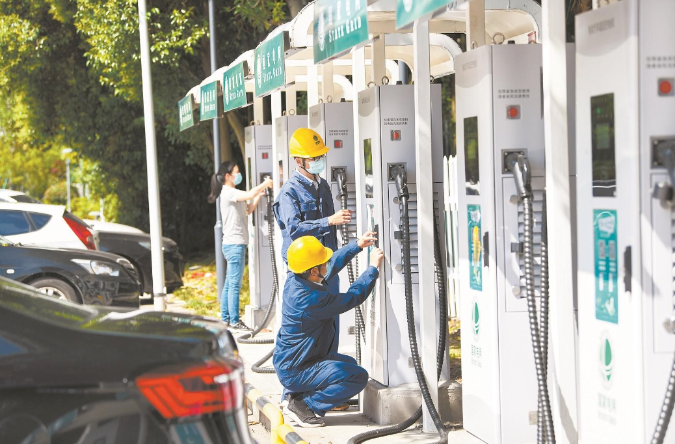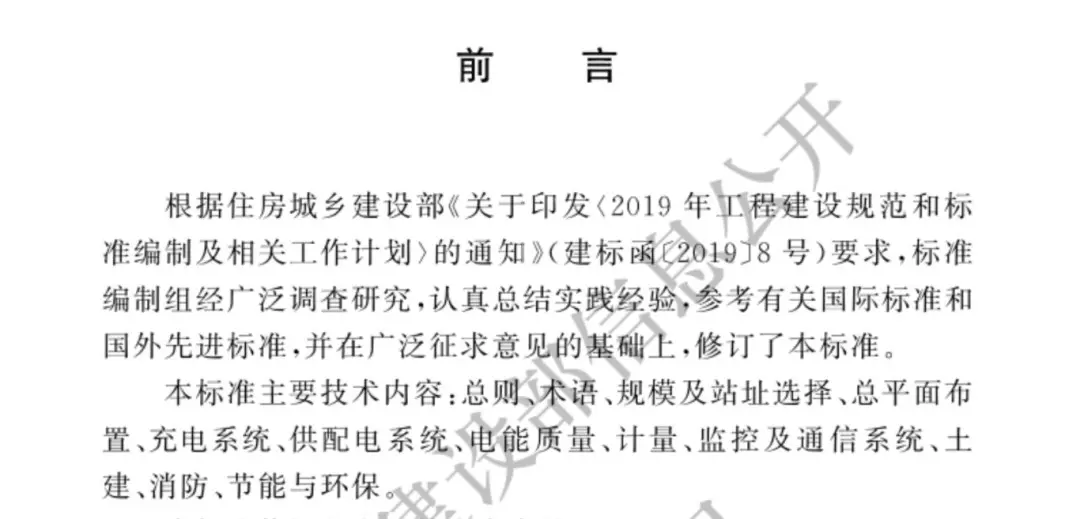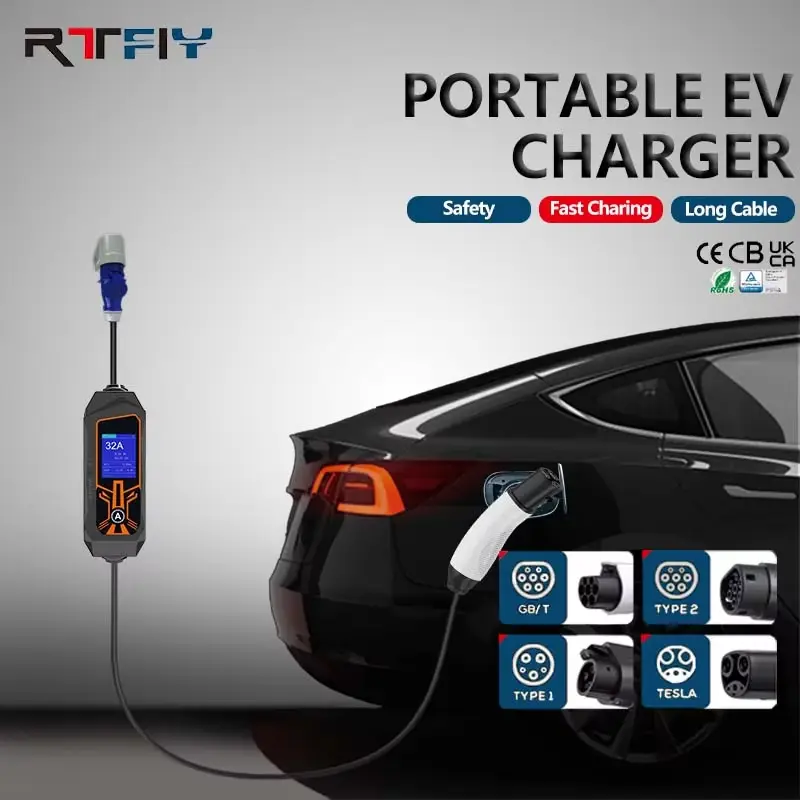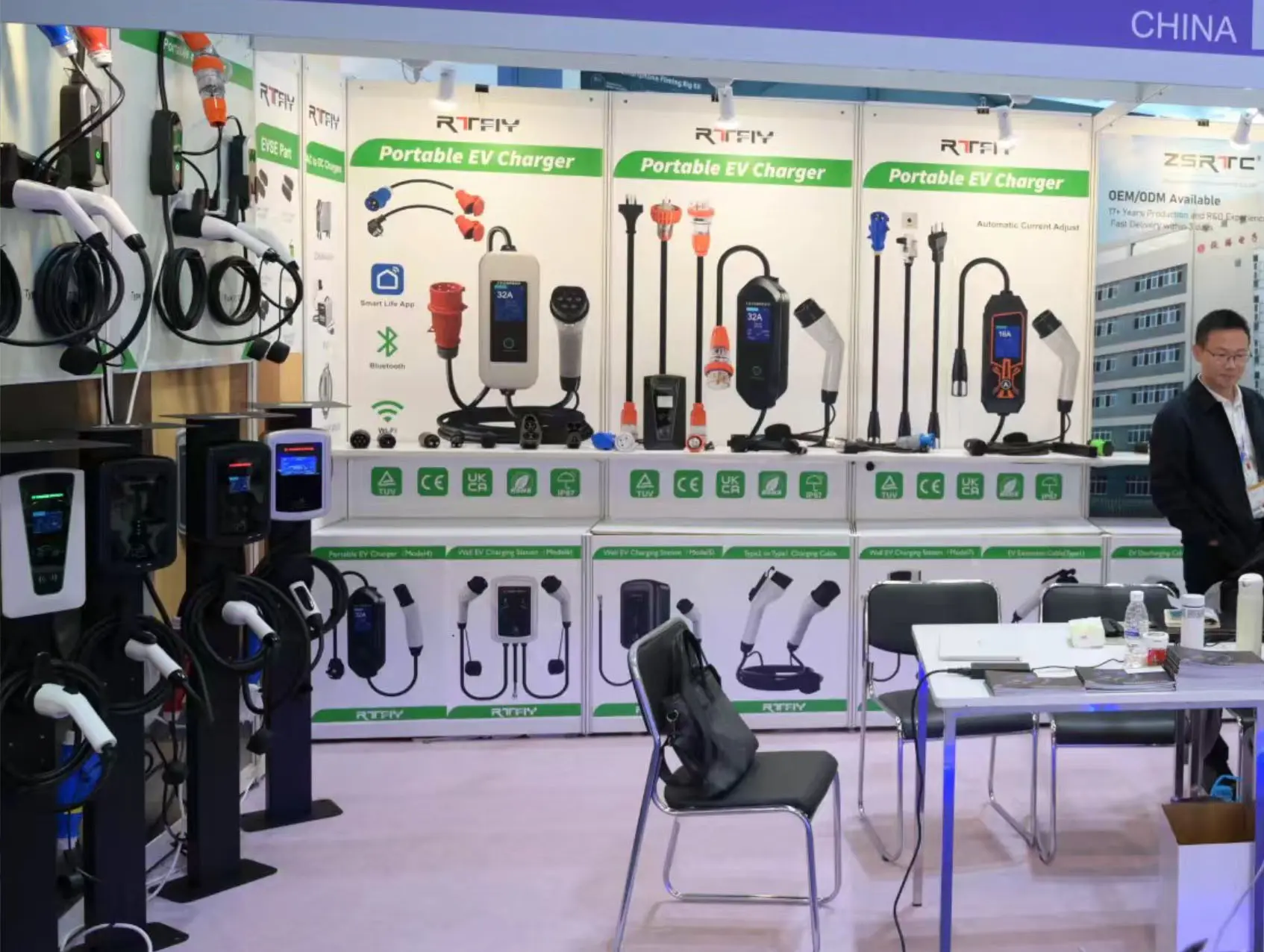What is the Dynamic Load Balancing for Electric Vehicles?

Uses of Dynamic Load Balancing
Residential Charging: DLB can be used to guarantee that all EVs in residences or apartment buildings with several EVs are charged overnight without putting undue strain on the electrical grid.
Commercial Charging: DLB ensures effective use of available power while lowering the risk of overloading the facility's electrical infrastructure, which is especially advantageous for businesses with sizable EV fleets or those providing public charging services.
Public Charging Hubs: Several cars must frequently be charged at once in busy places like parking lots, shopping centers, and rest spots along highways. DLB guarantees equitable and effective power distribution, improving the driving experience for EV drivers.
Fleet management: Organizations that have sizable EV fleets, such delivery businesses or public transit, must make sure that their cars are charged and prepared for use. In order to guarantee that every car receives adequate power without generating electrical problems, DLB can assist in managing the charging schedule.
By improving the efficiency, scalability, and affordability of charging infrastructure, dynamic load balancing is a crucial technology that will support the expansion of the EV ecosystem. It enhances the EV charging experience for both users and operators while assisting in addressing the urgent issues of grid stability, energy management, and sustainability. DLB will become more and more important in the global shift to clean energy transportation as electric vehicles continue to grow in popularity.












